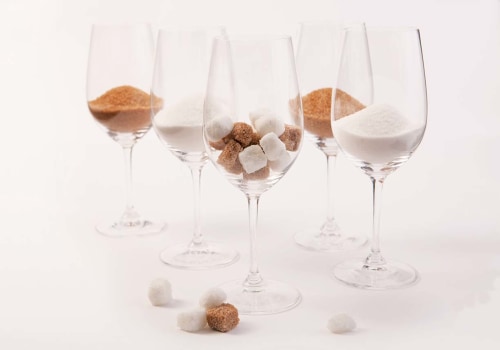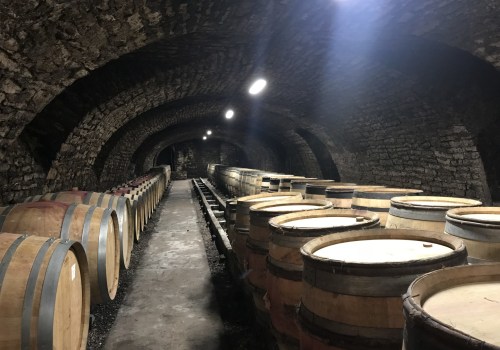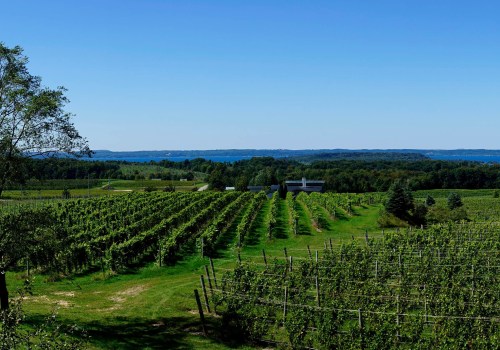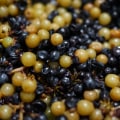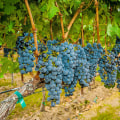When it comes to cultivating grapes for winemaking, the soil conditions in northwestern Louisiana can be quite advantageous. The region is renowned for its warm climate, which can produce wines with a smooth texture, less color, and lower acidity and tannins. The sandy soils of the area retain heat and drain moderately well, making them ideal for humid climates. However, they can be problematic in regions with drought as they can cause dehydration of the vine. The sandy soils of northwestern Louisiana are also resistant to attack by the phylloxera lice, a major benefit.
These soils are at least 50% sand and have loose textured particles that drain water easily. This porous nature also makes them practically impervious to pests such as phylloxera, which thrive in moist soil. Having a practical knowledge of geology, pedagogy, and soil science is essential for successful grape harvesting and quality wine production. Zinc in the soil is also important for increasing pollination rates and the number of grapes in the vineyards. In California, sandy soils are scarce except for a half moon on the Central Coast between Santa Cruz and Lompoc. Other grape growing regions with sandy soils include Swartland in South Africa, Cannubi in the north of Médoc, and Graves in Bordeaux. The value of limestone soils lies not in the limestone itself but in areas where it has broken down into smaller particles.
In California, higher crop pH readings mean that malolactic bacteria must be stopped from working to preserve malic acids in finished wines and maintain balance. European grapes are the most cultivated grapes in the world and contribute to most of the world's wine production. Air drainage is also important when growing grapes in a continental climate such as Nebraska as it helps protect newborn shoots from low temperatures (frost and frost) that occur in spring. Cloud Mountain carried out extensive trials with grapes for winemaking more than 20 years ago, focusing mainly on ripening times of different varieties and their suitability in a maritime climate. Although soil does not directly influence the taste of wine, it affects wine production in two main ways. From a grapevine perspective, it doesn't really matter if calcareous soils come from limestone erosion (as in Burgundy) or if they were never heated and compressed enough to become rock (as in Paso Robles).To ensure successful grape cultivation and quality wine production, it is essential to have an understanding of geology, pedagogy, and soil science. Additionally, zinc content in the soil is important for increasing pollination rates and the number of grapes produced.
Air drainage is also essential when growing grapes in continental climates like Nebraska to protect newborn shoots from low temperatures like frost. Cloud Mountain conducted extensive trials with grapes for winemaking more than 20 years ago to determine ripening times of different varieties and their suitability for maritime climates. Ultimately, although soil does not directly influence the taste of wine, it affects wine production by providing an environment conducive to grape cultivation.

